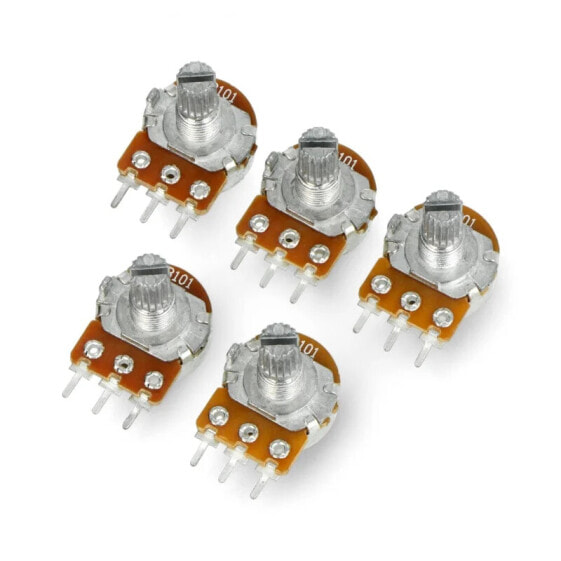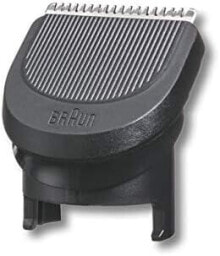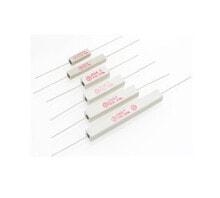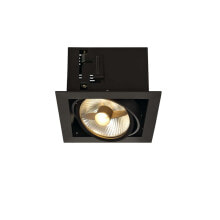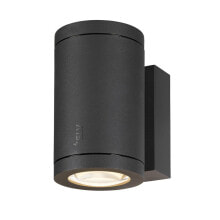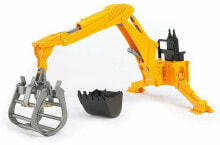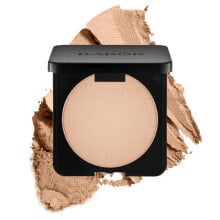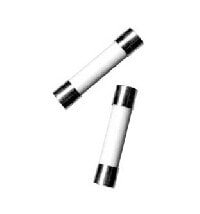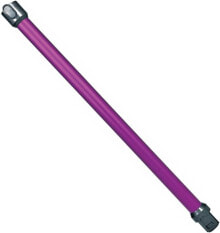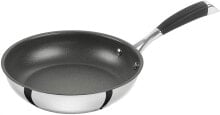Характеристики
Прочие свойства
- Бренд
- OEM
Описание
The carbon-coated linear rotarypotentiometerhasthree leadsthat fit on acontact plate. Connected tomicrocontroller's analog-to-digital converter (e.g.Arduinoanalog inputs) it can be used as a knob-knob in user interface. Potentiometer has a nut and washer.
Rotary potentiometer - applicationsRotary potentiometer101 Ωlinear1/5 Wis a proposal that can be used in many electronic projects. The element allows you to control the supply of electricity by increasing and decreasing the electrical resistance, so you can control the intensity of various functions of devices (for example, light or sound).
The potentiometer can be used, for example, as part of a device intended for audio playback (as a volume knob), or to regulate light intensity in dimmers for lighting installations, as well as part of thermostats and many other devices equipped with a user interface with the ability to continuously control the intensity of operation.
Elements sold in a bundle of 5 pieces.
Rotary potentiometer 101 Ohm linear 1/5 W B0.1K/B101.
Rotary potentiometer 101 Ohm linear 1/5 W B0.1K/B101 - 5 pieces.
- Model: WH148-B0.1K
- Maximum operating voltage: 200 V
- Resistance: 101 ohm
- Power: 0.2 W
- Characteristics: linear
- Axis length: 15 mm
- Axis diameter: 6 mm
- Pinouts: 3 pin
- Leads Raster: 5 mm (matched with contact boards)
- Linearity tolerance: ± 20%
- Working temperature: from -10°C to +70°C
- Weight: 7 g
The potentiometer is designed to be mounted on a contact plate, i.e. the element does not require soldering - its leads just need to be placed in the appropriate holes on the plate. The device is designed to be powered with DC voltage up to 200 V.
For those interested we recommend our blog entry:
- Potentiometer - how does it work?- Botland blog
- Potentiometer - what is worth knowing?- Forbot platform
